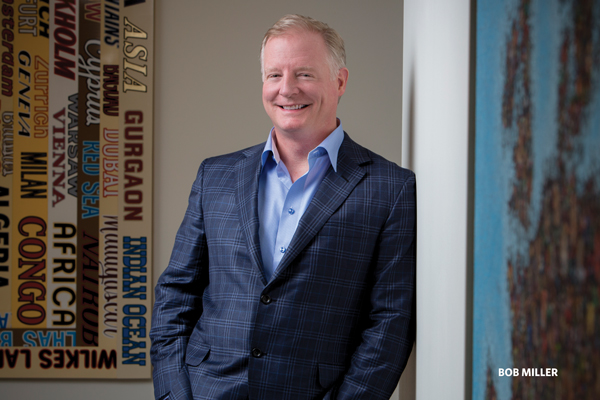For years, bonds were largely neglected as stocks continued their upward trajectory. From time to time, people have worried about the negative impact that rising inflation and interest rates would have on bond prices. But the slow pace of economic growth and inflation kept those concerns in check.
That changed earlier this year when low unemployment numbers, the rising federal budget deficit and wage growth rekindled fears of inflation and rising interest rates. As the stock market tumbled, bonds, a traditional safe haven in times of stock market mayhem, got caught in the undertow.
Even before the market rout, some vocal soothsayers were wary about the bond market’s prospects for 2018. Hedge fund titan Ray Dalio sounded one of the more alarming warnings when he declared on Bloomberg TV “a 1% rise in bond yields will produce the largest bear market in bonds that we have seen since 1980 to 1981.”
Bob Miller, who manages the $12 billion BlackRock Total Return Fund with fellow bond guru Rick Rieder, also sees a tough road ahead for bonds as the era of ultra-low rates appears to be drawing to a close. But the 55-year-old manager takes a much more measured stance on the eventual fallout than Dalio. The broad bond market, he believes, will likely end the year with total returns that are flat or slightly down. His goal for the fund is adding 100 basis points to 200 basis points of incremental return to the fund’s benchmark, the Bloomberg Barclays U.S. Aggregate Bond Index, through active management and risk control measures.
Despite his measured stance on the market, he doesn’t downplay the risks. “I don’t like to make bull or bear market calls,” says Miller, who heads up the U.S. Multisector Fixed Income Group at BlackRock. “But I will say this is one of the trickiest bond markets for investors in a long time.”
Miller, who has managed bond portfolios for over three decades, also navigated some fairly tricky markets at Bank of America for 20 years before he joined BlackRock in 2011. He says today’s scenario reminds him of the late 1990s and early 2000s, when the Federal Reserve kept a lid on interest rates for an extended period of time before finally adjusting them upward. During both periods, the markets experienced unusual volatility before finally settling down.
Playing Defense
Miller emphasizes that in the current environment, when interest rates appear poised to move up, picking the best spots on the yield curve is critical. “The front part of the yield curve is still a strong diversifier for risk assets such as equities,” he says. “You can own bonds that mature in two to five years and still achieve diversification without the duration risk of longer-term bonds.” Since the yield curve has been fairly flat, he adds, shorter-term bonds don’t yield that much less than those with longer maturities. Recently, five-year Treasury note yields were roughly 80% of the yield on 30-year Treasurys. His conviction that the shorter end of the yield curve offers the best value has kept the fund’s duration at 5.39 years, which is lower than that of its index benchmark.
In addition to shortening duration, the fund is also dealing with the uncertain fixed-income environment by remaining flexible and coloring outside the index box when necessary. At the beginning of the year, the fund had a stake of about 6.42% in emerging market bonds, while the index’s stake was 1.83%. Miller thinks there are some “select stories that are attractive in this complicated asset class,” and depends on BlackRock’s deep bench of fixed-income analysts to help uncover them.
Taming The Bond Bear
April 2018
« Previous Article
| Next Article »
Login in order to post a comment








